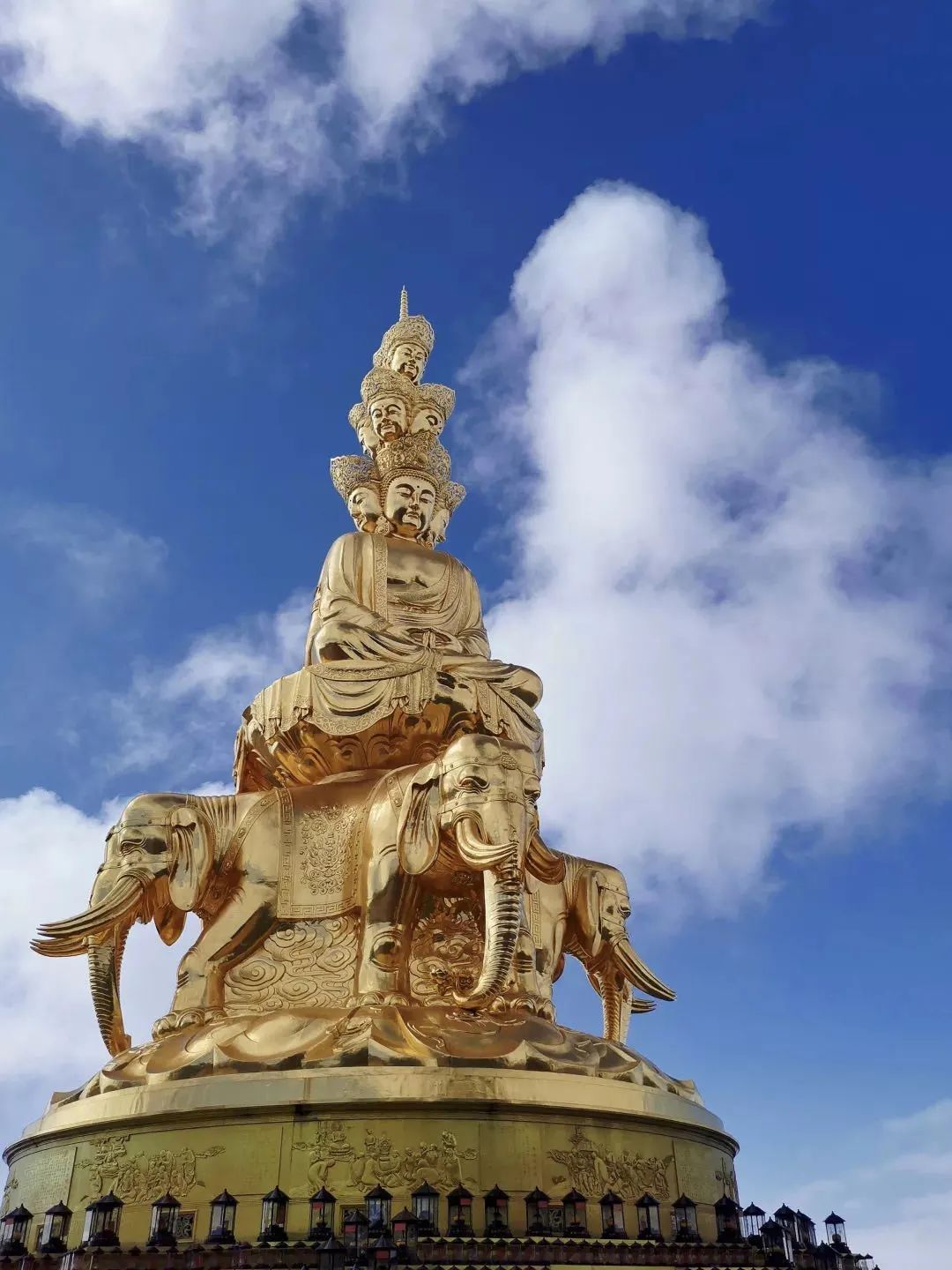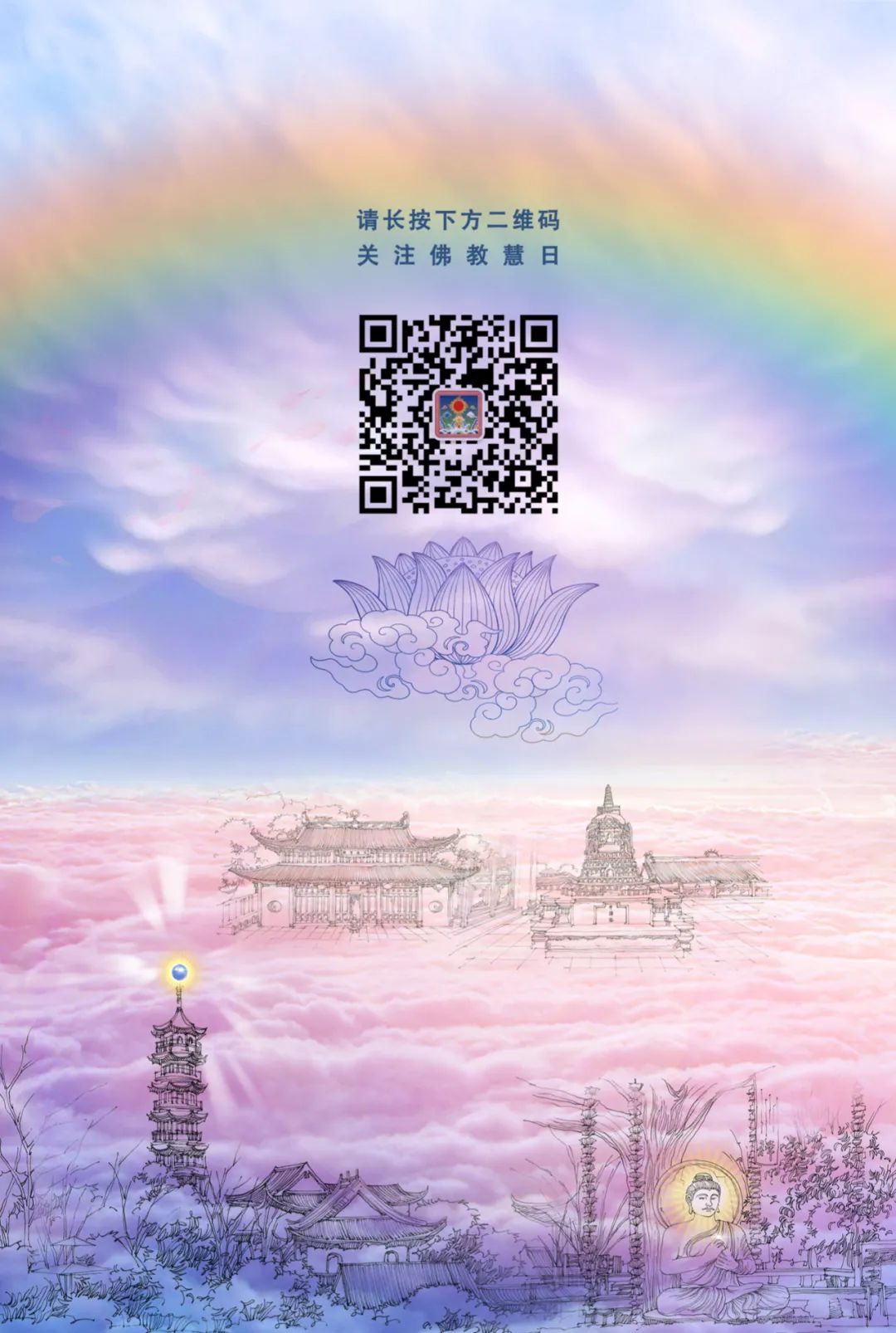【英法德意日五国语种视频】慧日法语每周甄选

忏悔法,这是一种知识,通过对它的学习,我们会意识到自己的罪恶,进入真实的求哀忏悔的状态。“忏悔”这两个字,“忏”是改变错误的行为,保证以后不会再发生;“悔”是对过去所做的错事深深追悔,向所有被自己伤害的众生祈求原谅。
——三参法师
意大利语英语视频
Repentance is a form of knowledge by itself. Through it, we learn. We become conscious of our sins and enter the true state of repenting with sincere remorse. These two words “Chan Hui” (Repentance with “Chan” as the action of repenting, “Hui” as the sincere regret or remorse) – “Chan” means the act of correcting wrong doings to promise that it shall never happen again; “Hui” means to be deeply remorseful for those wrongs committed in the past, seeking forgiveness from the sentient beings who were once hurt by oneself.
—— San Can Master
英语读诵:周怡辰
英文翻译:妙莲
Il pentimento è una forma di conoscenza in sé. Attraverso di essa, impariamo. Diventiamo consapevoli dei nostri peccati ed entriamo nel vero stato di pentimento con sincero rimorso. Queste due parole "Chan Hui" (Pentimento con "Chan" come azione di pentimento, "Hui" come sincero rimpianto o rimorso) - "Chan" significa l'atto di correggere le azioni sbagliate per promettere che non accadrà mai più; "Hui" significa provare profondo rimorso per quei torti commessi in passato, cercando il perdono degli esseri senzienti che una volta sono stati feriti da noi.
——Maestro san can
意大利语翻译&读诵:圆忍

法语视频
佛说“般若”,说了二十二年。二十二年的“般若”就总摄在一个“阿”字中。一个“阿”字,不可思议,祂是无边的大空性——诸法的空性,人无我的空性,法无我的空性。在这个“阿”字面前,没有我相、人相、众生相,没有男相、女相、老者相、孩童相。这个“阿”字,就叫清净周遍。
Le Buddha a enseigné le "Prajna" pendant vingt-deux ans. Ces vingt-deux années d’enseignement pourraient être résumé par un seul mot, "Ah". Le mot "Ah" est incroyable. Il signifie la vacuité , la vacuité de toute existence, la vacuité des êtres humains et leurs activités, la vacuité du Dharma et ses textes. En présence de ce mot "Ah", il n'y a aucune apparence d’égo, aucune apparence d'êtres humains, aucune apparence d'êtres, aucune apparence d'hommes, aucune apparence de femmes, aucune apparence de personnes âgées, aucune apparence d'enfants. Ce mot "Ah" est une purification omniprésente.
——le vénérable
Maître San Can
三参法师
法语朗读:妙岸
法语翻译:妙岸

我们念南无阿弥陀佛、无量光无量寿,祂就是道之体。诸佛的体本来就在我们头顶上,只要我们 念,祂就起现;不念,虽有亦无,你忘掉祂了,你与祂不相应。我们的人心,是念什么就与什么相 应,你念佛就与佛相应。
Wir rezitieren Namo Amita – Amitabha (unermessliches Licht), Amitayas (unermessliches Leben). Er ist die Verkörperung des Dao.
Die Existenz der Buddhas ist über unserem Haupt. Solange wir an diese Existenz denken, wird er sich manifestieren.
Wenn wir nicht an diese Existenz denken, sie ist obgleich da, oder nicht da.
Wenn du ihn vergisst, bist du mit ihm nicht gleichgestimmt.
Unser menschlicher Geist entspricht dem, was er denkt – und du entsprichst dem Buddha
, wenn du an ihn denkst.
——San Can Meister
三参法师
德语翻译:
Jiangxia Zhou
Markus Zhou-Schneider
德语读诵:
Markus Zhou-Schneider

三皈依的特别之处,在于其是学佛的第一步,也是学佛最终为了了解的内容。正如“弥陀弥陀直念去,原来弥陀念弥陀”,我们的自性佛宝是无量光无量寿,而当念佛多年之后,才发现原来我们能念的也就是无量光无量寿,这又归到了自性三宝、自性净土之中。
三皈依(さんきえ) 即ち、皈依仏(きえぶつ)、皈依法(きえほう)、皈依僧(きえそう)の特別なところは、これが仏陀に教わる第一歩だが、ブッダに教わる最終的に悟るための内容でもあるというところにある。「弥(mí)陀(tuó)弥(mí)陀(tuó)直(zhí)念(niàn)去(qù),(yuán)」、南無阿弥陀仏、南無阿弥陀仏、このように名号(みょうごう)をずっと念(ねん)じていくのだが、ところが、最後実は阿弥陀仏が、阿弥陀仏を唱えているのがわかってくる。私たちの自性(じしょう)である仏宝(ぶっぽう)は、無量光無量寿(むりょうこうむりょうじゅ)である。長年念仏した後、阿弥陀仏を唱えることができる本体も、即ち無量光無量寿(むりょうこうむりょうじゅ)であることに気づいてくる。こうして、再び自性(じしょう)の三宝、自性の浄土に帰ってくる。
——さんさんほうし
三参法师
翻訳&朗読:円明
多语种小视频拍摄 & 剪辑:Iris
佛教慧日&慧日国际微信工作室
微信文章往期精选
